Turtles Up Close And Personal
If you just love turtles, there is no better place in Australia to experience turtles up close and personal. Bundaberg is host to everything from Turtle Breading, Turtles Laying Eggs at Mon Repos and Swimming with turtles at Lady Musgrave Island with Lady Musgrave Experience. Mon Repos has a reputation for being the leading turtle destination to witness Mother Nature in her full glory, and tourists from all around the world have been lucky enough to experience swimming with turtles in the Lady Musgrave Lagoon.
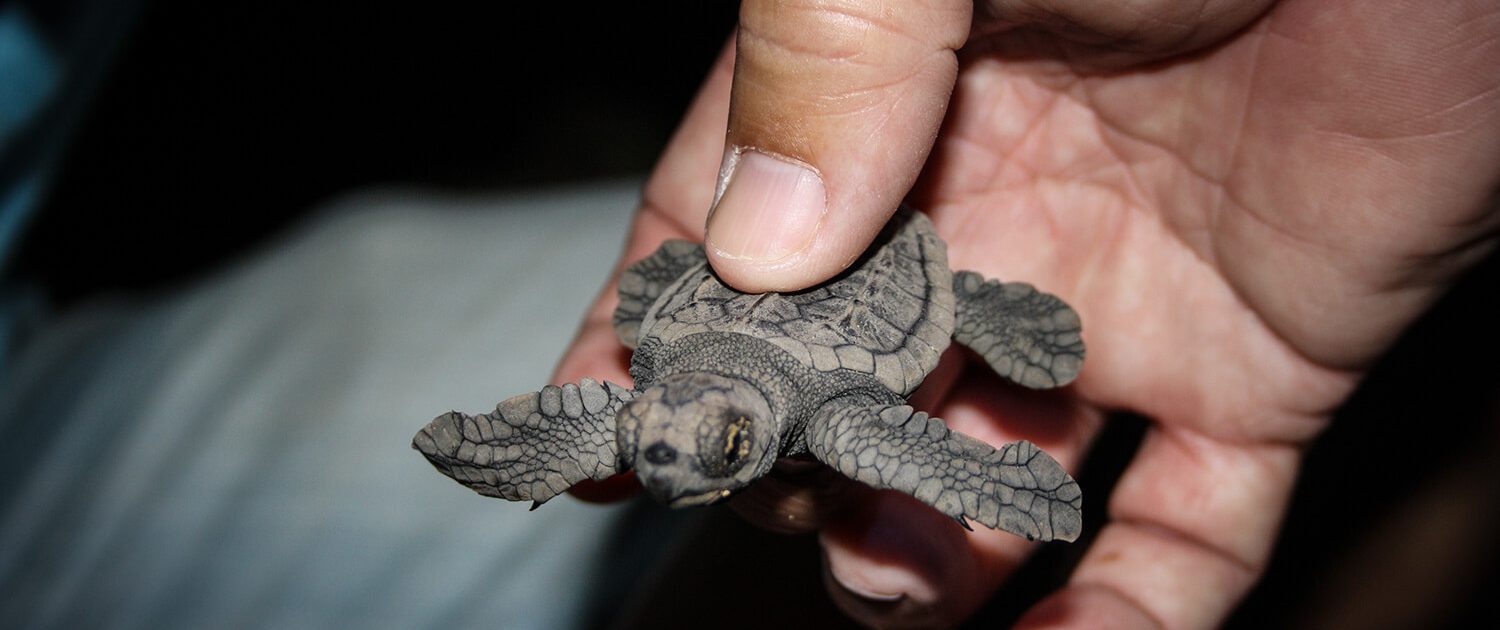
For one month each year, Australia comes alive with the arrival of thousands of turtles as they come ashore to lay their eggs.
Hatching can be an amazing experience that is impossible to describe. Thousands of eggs hatch along the beach in a matter of hours. When the tide goes out, you can walk down the beach and see thousands of tiny turtles just nudge their way out of the sand and begin their journey towards open water. The arrival of baby sea turtles always seems to take us by surprise. Their unpredictable schedule makes things exciting, every night could be the night for a massive hatch!
Witness turtles hatch from their shells and make the often perilous journey to the water. Marvel at these beautiful creatures’ teamwork as they create an inspirational story out of the darkness.
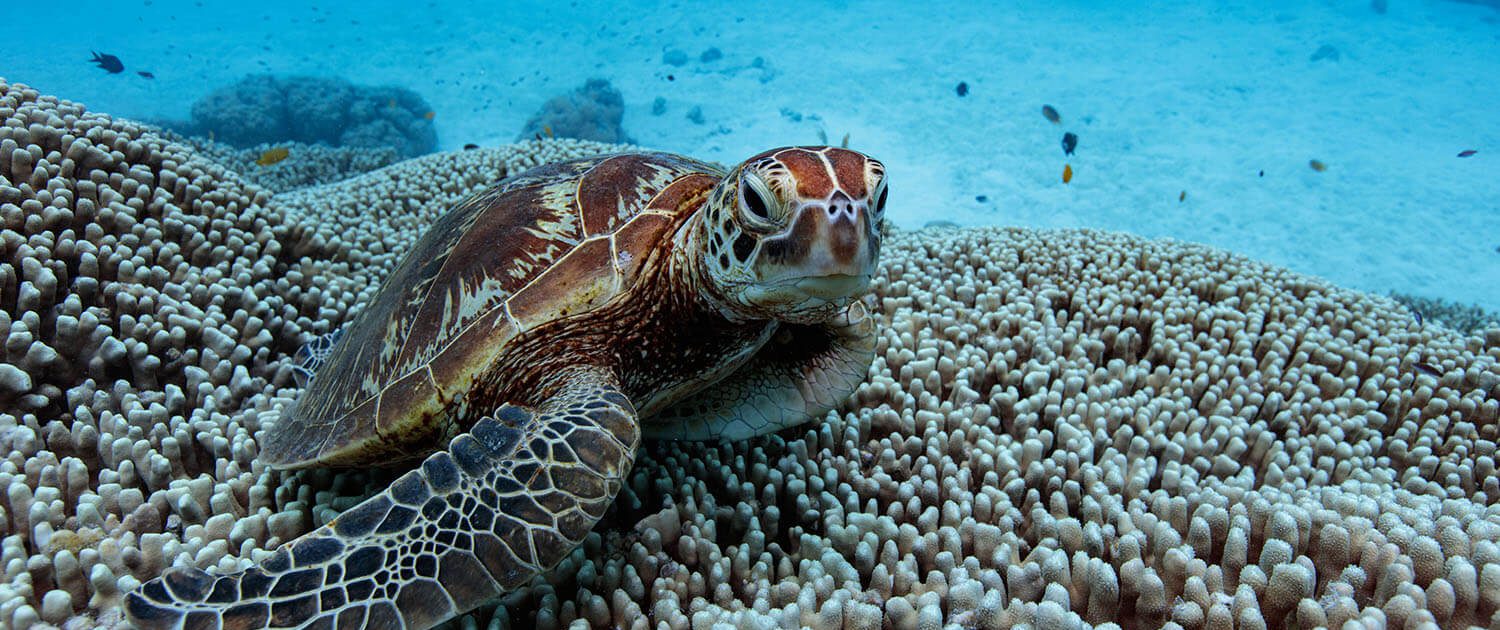
Bundaberg is all about Turtles from October until April. We are lucky enough to have the largest concentration in the whole South Pacific of Loggerhead Turtles nesting and hatchlings at Mon Repos Beach.
1. As the oldest reptile group in the world, turtles have been here for over 220 million years. They have survived dinosaur extinction and outlived most mammals, birds and fish.
2. These creatures date back to the time of the dinosaurs over 200 million years ago. They are an integral part of the marine ecosystem and can be found on land, shallow water and deep water in regions around the world.
3. Turtles are shielded behind a super-tough bony shell to keep them out of harm’s way. In most species, the upper and lower jaws are covered by a beak, rather than separated by skin and flesh as in most other vertebrates.
4. Turtles have a shell which is actually part of the turtle’s skeleton and made up of nearly sixty bones which include the turtle’s ribcage, spine and shell.
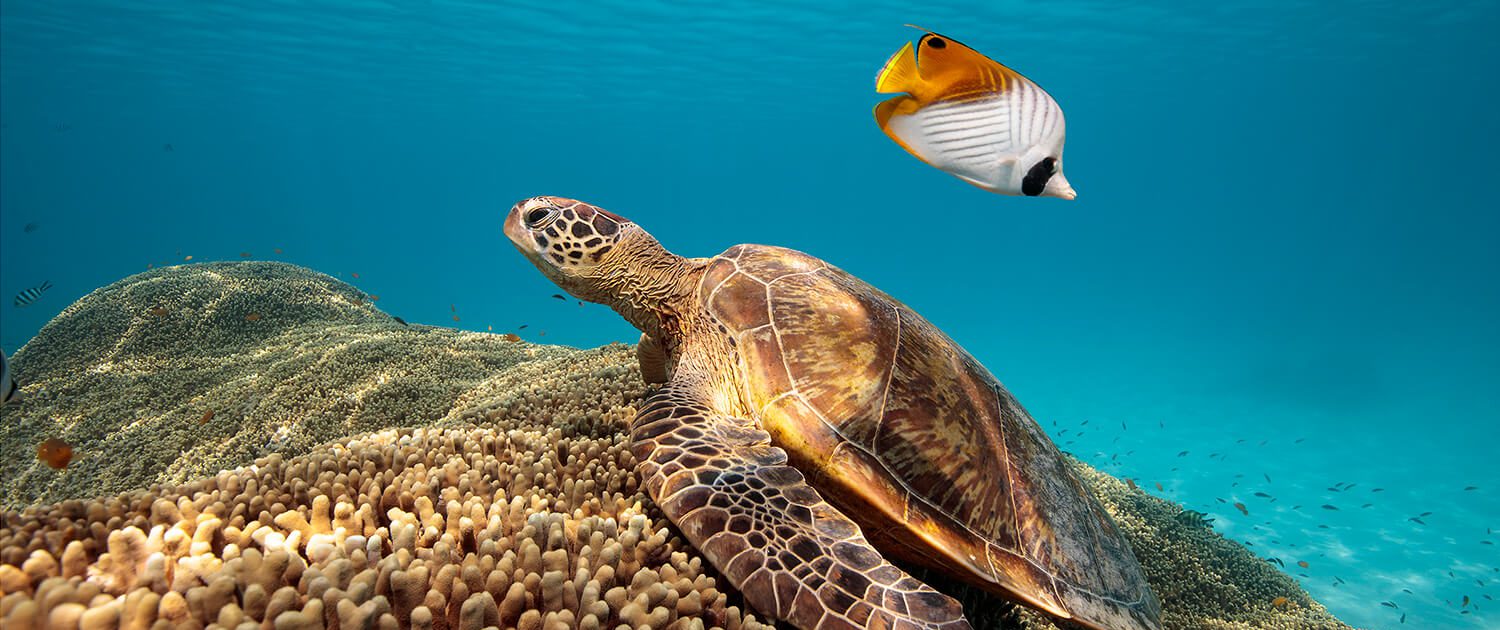
5. Contrary to popular belief, the turtle’s shell does not grow with the turtle. A turtle can only grow so big for its shell before it becomes too heavy for the turtle to carry.
6. The diet of a turtle is greatly affected by its environment. A land-dwelling turtle will eat grass, fruit and beetles. Sea-dwelling turtles may eat algae, squid, jellyfish and other small creatures.
7. Some turtles are carnivorous and others eat plants, while some are able to survive on both animal sources and plants.
8. Turtles are amniotes, which means they breathe air, lay dry eggs on land, and have shells.
9. Turtles have a long lifespan. The oldest known, named Tu”i Malila, of Tonga Island lived to be 188 years old.
10. Unfortunately, some species of turtle are endangered. Approximately 129 species on the planet today (according to the IUCN Red list) are either vulnerable >20% risk of extinction, endangered >10% risk of extinction, or critically endangered ~ <10% risk of extinction.
Please take moment to browse the Mon Repos and Lady Musgrave Experience websites to learn more about Turtles and how you can see them up close and personal.

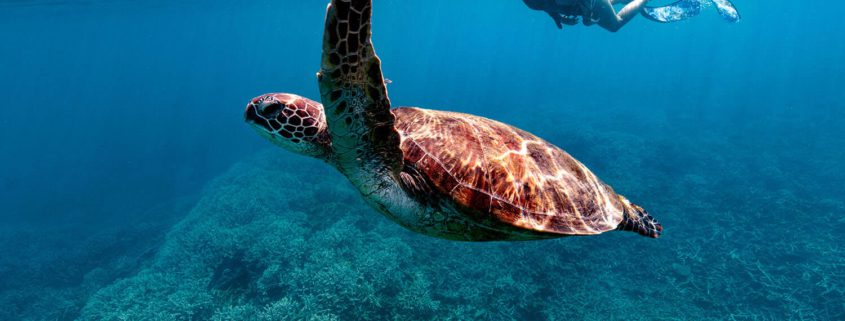
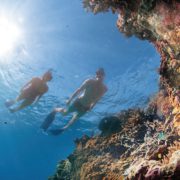
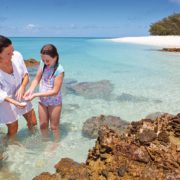


Leave a Reply
Want to join the discussion?Feel free to contribute!